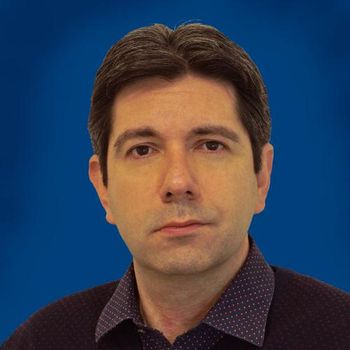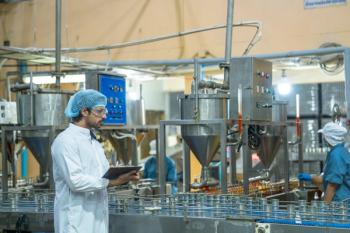
Spectroscopy Magazine Announces New Content Series Titled "Spectroscopy and Archaeology"
Spectroscopy magazine is pleased to announce that on August 29th, we will release a new content series titled, "Spectroscopy and Archaeology," which will recognize the current work of spectroscopists in the field of archaeology.
Archaeology is about uncovering the past to learn more about the ancient civilizations that came before us, and to discover the trials and triumphs that humanity has endured over thousands of years. Through the recovery and analysis of material culture, archaeology gives us the tools to examine and interpret human behavior, understand how society functions, learn from the past and apply those lessons to the present, and analyze the implications of a changing world and how different countries, places, and cultures interact.
Spectroscopy magazine is pleased to announce that on August 29th, we will release a new content series titled, "Spectroscopy and Archaeology," which will recognize the current work of spectroscopists in the field of archaeology.
Spectroscopic techniques have and continue to play an important role in archaeological studies. They have the ability to document site formation and analyze which elements are present within a historical specimen, creating elemental profiles for the discovered artifacts. The identification of materials and their characterization is, in many respects, the key to elucidating the microscopic archaeological record. Later this month, we will spotlight the current research in the field of spectroscopy that has advanced archaeological science, focusing on the spectroscopic techniques that have paved the way for future studies in archaeology.
All of us at Spectroscopy magazine are excited to be bringing this content series to you, and we hope that you find on the content we share interesting and informative. Be sure to subscribe to our social media handles to stay up to date on the latest developments as this content series comes together. We are looking forward to bringing you this content series, so you can embark on your journey to see the impact that spectroscopists are having in the field of archaeological science, and how spectroscopic techniques are helping us understand the ancient past.
Newsletter
Get essential updates on the latest spectroscopy technologies, regulatory standards, and best practices—subscribe today to Spectroscopy.





